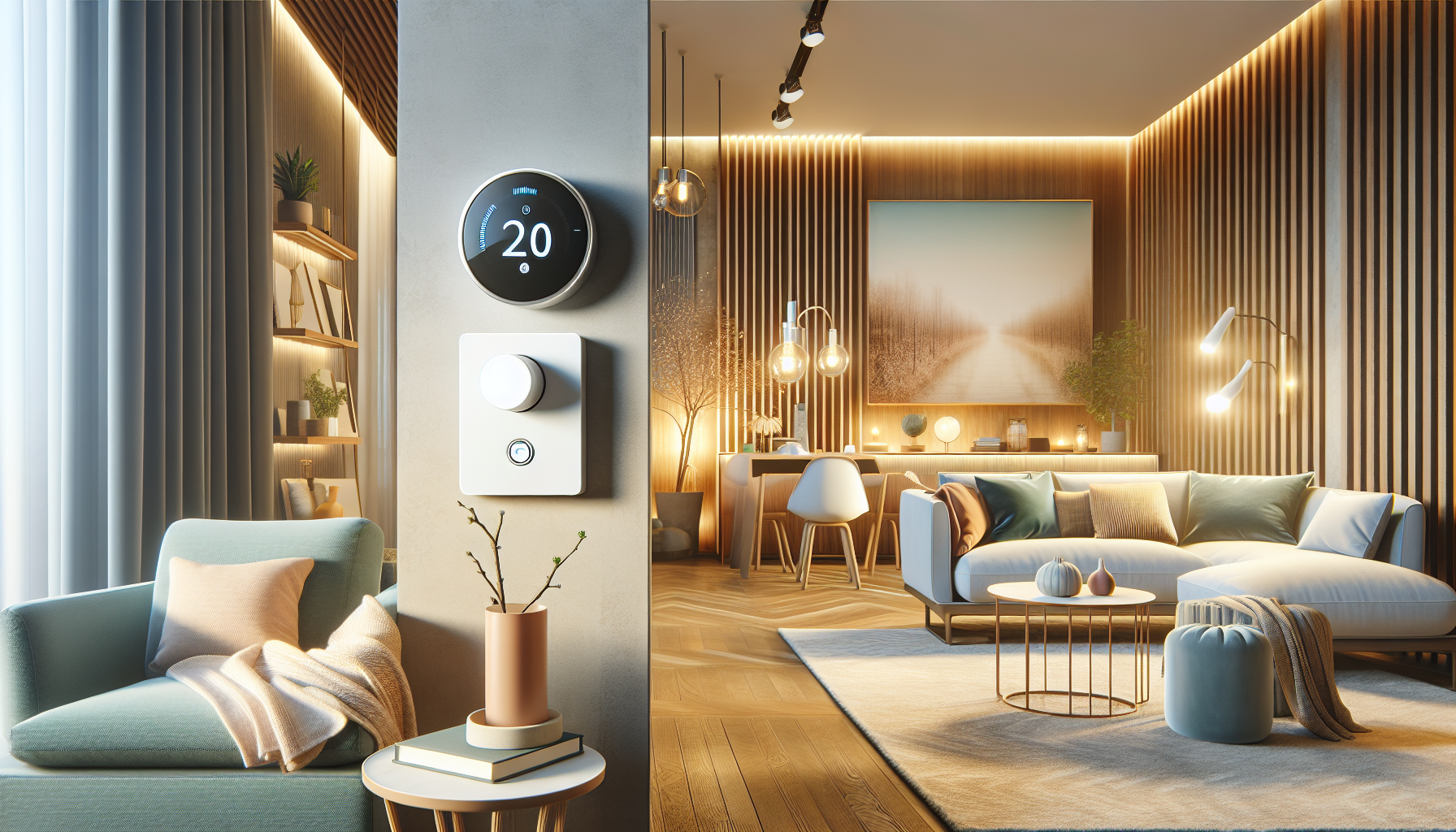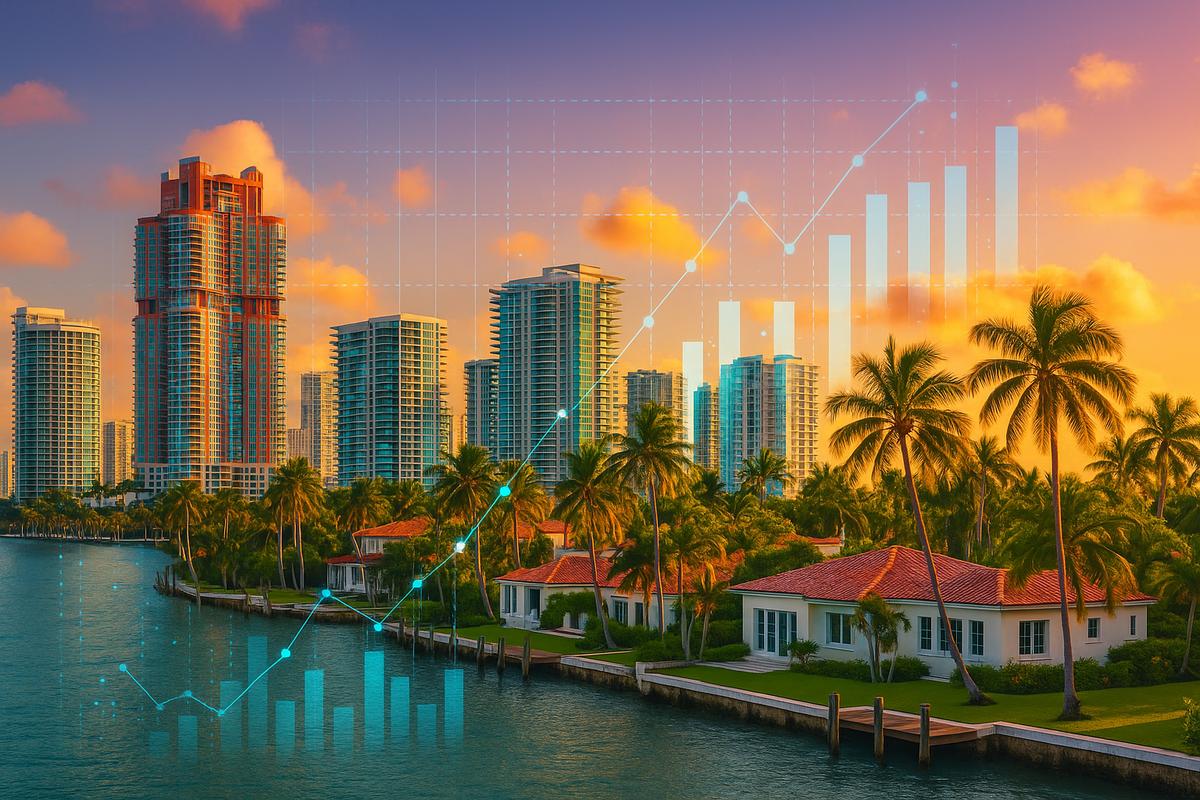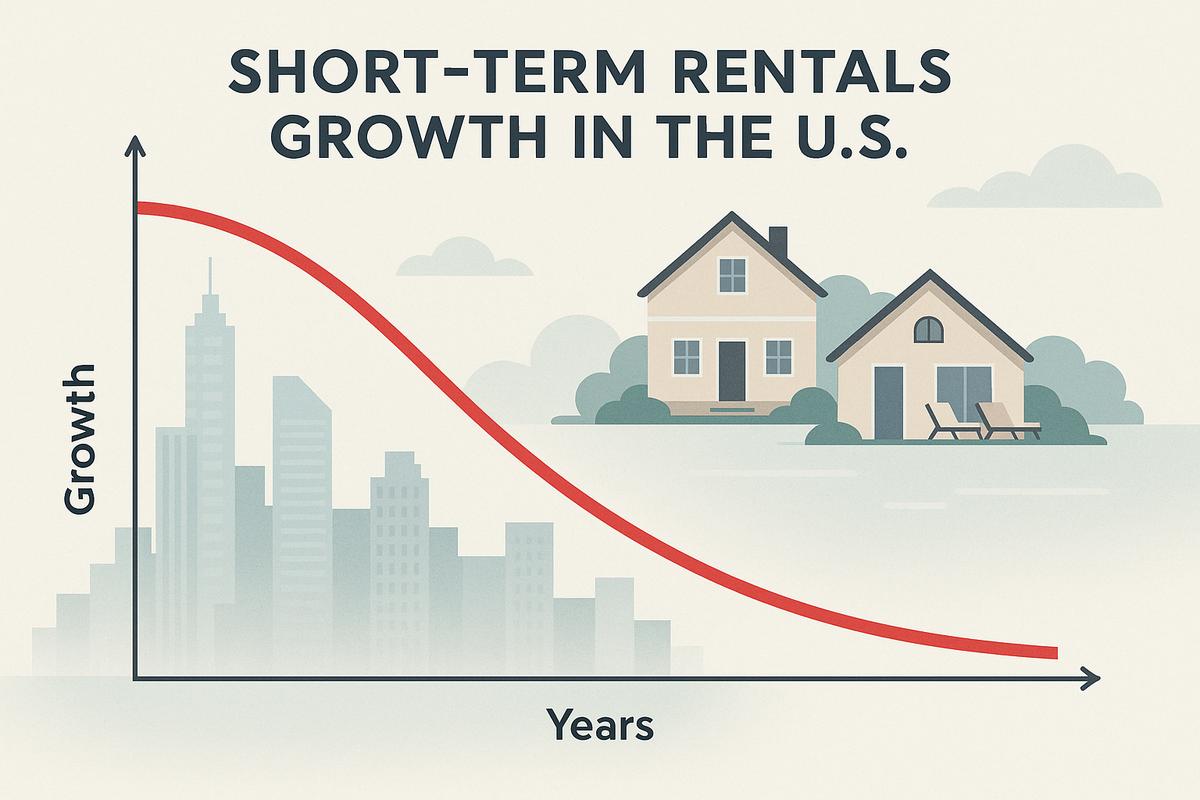Temperature control isn’t just about comfort anymore – it’s become the backbone of successful short term rental operations in 2025. Smart hosts have discovered that perfect climate management directly impacts guest satisfaction, energy costs, and property protection. The challenge? Balancing guest comfort with operational efficiency while preventing costly damage.
Today’s most successful short term rental operators use advanced temperature control systems that learn, adapt, and protect. These aren’t your basic programmable thermostats from years past. We’re talking about AI-powered climate control, occupancy-based automation, and integrated protection systems that work together seamlessly.
The stakes have never been higher. Energy costs continue rising, guest expectations keep climbing, and property damage from temperature-related issues costs the industry millions annually. But here’s the exciting part – the technology solutions available in 2025 give hosts unprecedented control and insight into their climate management systems.
The Rise of Smart Thermostats
Smart thermostats have evolved far beyond simple scheduling. Today’s devices like the ecobee 3 lite and monitoring systems from companies like Minut offer remote management capabilities that transform how hosts control their properties. These systems let you monitor indoor temperatures from anywhere, set precise limits, and receive instant alerts when conditions drift outside acceptable ranges.
The real game-changer is remote temperature management. Imagine getting an alert that your property’s temperature has dropped to dangerous levels during a winter storm, then adjusting it instantly from your phone. Or automatically cooling down a unit before guests arrive on a hot summer day. Smart devices like Minut monitor and maintain the perfect temperature in your rental, ensuring guests feel comfortable throughout their stay.
Energy savings add up fast with smart thermostats. These devices learn usage patterns, adjust for occupancy, and optimize heating and cooling cycles. Many hosts report 15-20% reductions in energy costs after switching to smart temperature control systems. The initial investment typically pays for itself within the first year through energy savings alone.
Occupancy-Integrated HVAC Systems
The next wave of temperature control technology connects directly to occupancy sensors, creating truly responsive climate systems. These setups automatically adjust heating and cooling based on whether guests are actually in the property. No more heating empty units or cooling vacant spaces.
Data from 2025 installations shows impressive results. Properties using occupancy-integrated systems report 8-11% energy reductions during summer months, with even higher savings in winter. The system works by detecting when guests leave the property and gradually adjusting temperatures to energy-saving levels, then returning to comfort settings before guests return.
Student housing operators have led the way with these systems, and short term rental hosts are quickly adopting the technology. One case study from a multi-property host in Austin showed $200+ monthly savings per unit after installing occupancy-based climate control. The system learned guest patterns within two weeks and began optimizing automatically.
AI-Powered Climate Control Innovations
Artificial intelligence has transformed climate control from reactive to predictive. AI-powered concierge services, automated climate control, and voice-activated smart features now work together to create seamless guest experiences while maximizing efficiency.
These AI systems analyze weather forecasts, guest booking patterns, and historical usage data to pre-adjust temperatures. They learn that guests typically arrive tired from travel and prefer slightly cooler temperatures initially, then adjust to more energy-efficient settings overnight. The technology adapts to seasonal preferences and even factors in local events that might affect occupancy patterns.
Predictive analytics take this further by anticipating maintenance needs. The AI monitors system performance, identifies efficiency drops, and alerts hosts to potential issues before they become expensive problems. Some systems even schedule maintenance automatically based on usage patterns and manufacturer recommendations.
Water Damage Prevention with Smart Valves
Temperature control extends beyond air conditioning – water temperature and flow management prevent costly damage. Smart water valves like the Zooz Titan Water Valve monitor water pressure, detect leaks instantly, and shut off supply automatically when problems arise. These devices have become essential protection for short term rental properties.
Water damage claims cost the short term rental industry over $1.2 billion annually, with temperature-related pipe bursts accounting for nearly 40% of incidents. Smart valve technology addresses this by monitoring water flow patterns, detecting unusual usage that might indicate leaks, and preventing frozen pipe disasters through temperature monitoring.
The prevention benefits extend beyond damage control. Insurance companies now offer premium discounts for properties with smart water management systems. Some hosts report 10-15% reductions in property insurance costs after installing comprehensive water monitoring and control systems.
Integrating Smart Hubs for Centralized Control
Smart hubs tie everything together, creating centralized control systems that manage temperature, water, lighting, and security from single platforms. Smart property automation reduces Wi-Fi dependency while enabling future expansion of connected devices.
The best smart hubs for short term rental hosts offer local processing power, reducing reliance on internet connectivity for critical functions like temperature control. This means your climate systems keep working even during internet outages. Popular options include Hubitat Elevation and Samsung SmartThings, both designed for reliability and expansion.
Future expansion capabilities matter more than many hosts realize. Today’s hub investment supports tomorrow’s innovations – whether that’s advanced air quality monitoring, predictive maintenance alerts, or integration with emerging guest communication systems.
Future-Forward Temperature Strategies
Looking ahead, technology trends reshaping property management in 2025 point toward even more sophisticated climate control solutions. Integration between temperature systems, guest preferences, and energy grid optimization will become standard.
The most successful short term rental operators in 2025 combine multiple temperature control technologies into comprehensive systems. They use smart thermostats for basic control, occupancy sensors for efficiency, AI for optimization, and smart valves for protection. This layered approach maximizes guest comfort while minimizing operational costs and risks.
Staying ahead means embracing these technologies now, not waiting for competitors to gain advantages. The hosts winning in 2025 invested in smart temperature control systems early, learned their properties’ patterns, and continuously optimize based on data and guest feedback. Temperature control has evolved from a basic necessity to a competitive advantage – and the technology keeps getting smarter.










